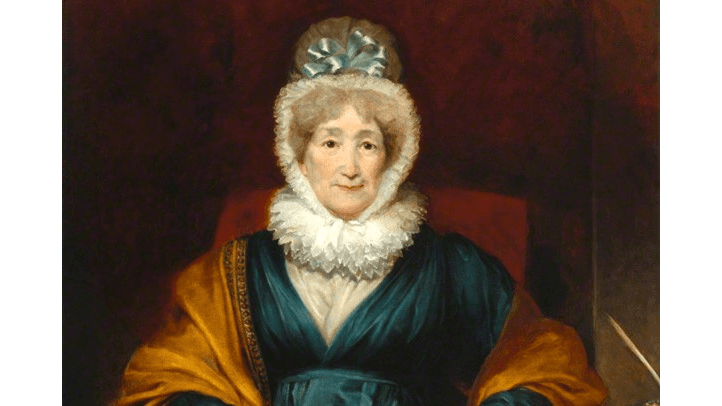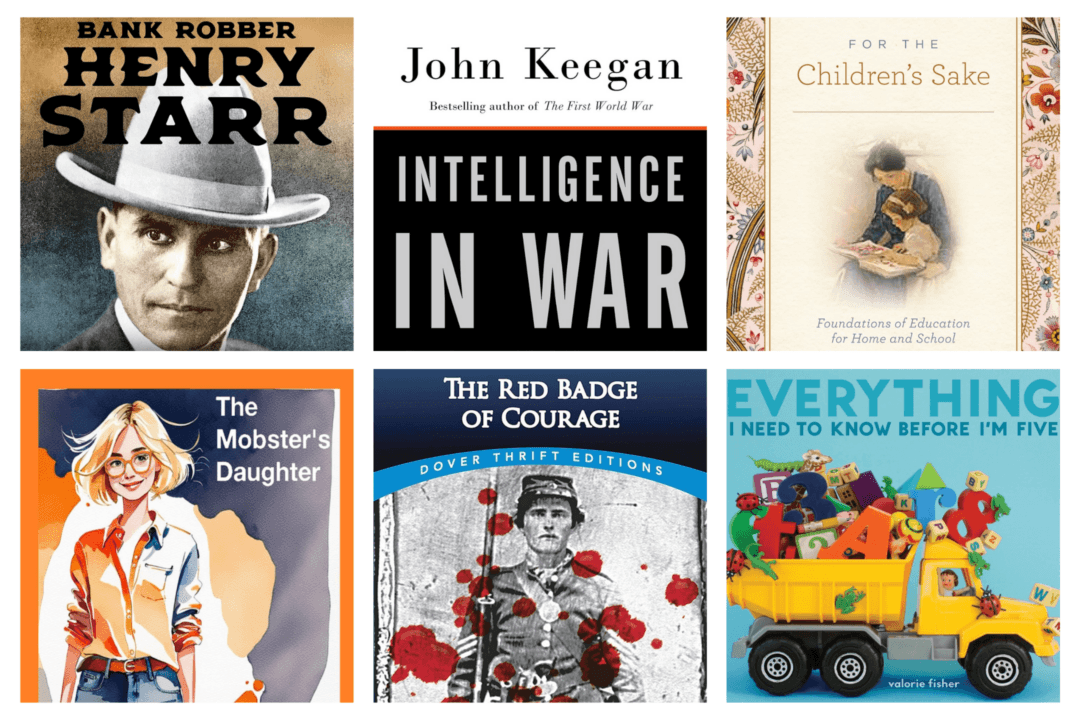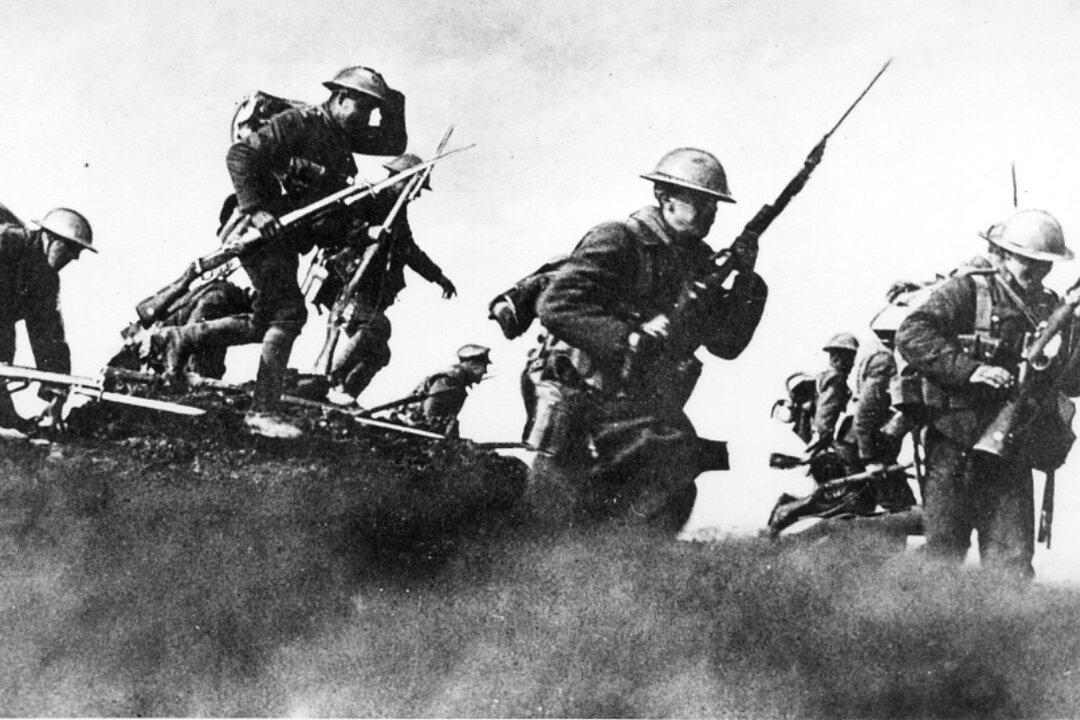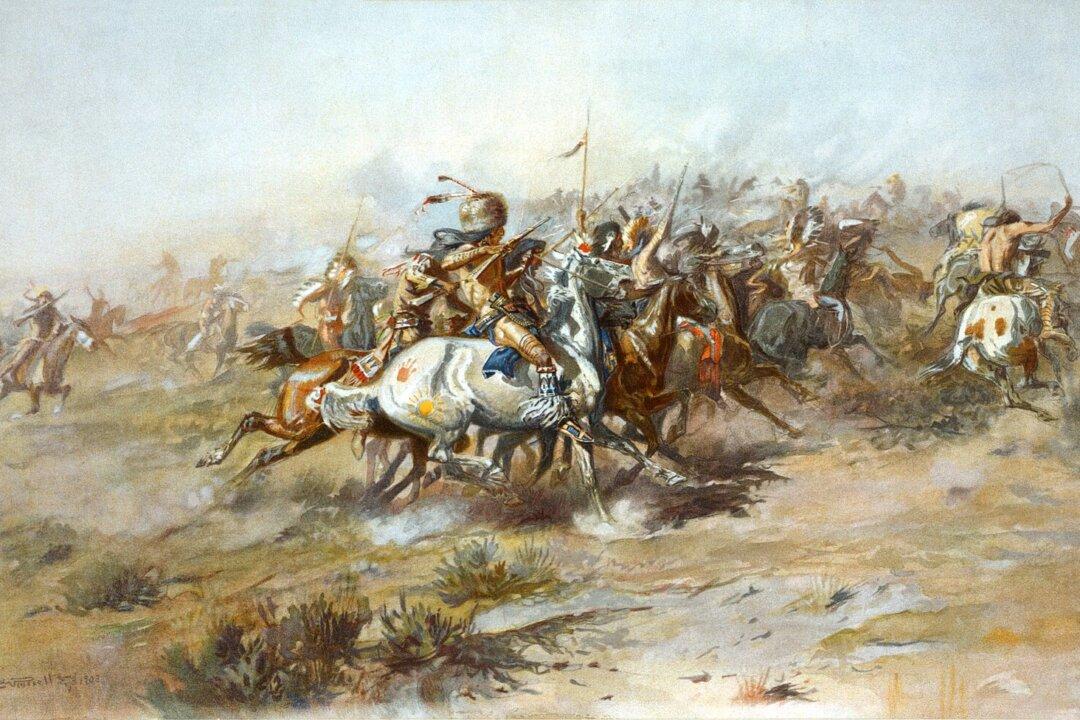While researching his book “Amazing Grace: William Wilberforce and the Heroic Campaign to End Slavery,” writer and radio host Eric Metaxas encountered one of Wilberforce’s staunchest allies and good friends, Hannah More (1745–1833).
In a later book, “Seven Women: And the Secret of Their Greatness,” Metaxas revisits More and describes her in glowing terms. She stands as “nothing less than the most influential woman of her time” who was “a bestselling playwright and author, whose works at the time outsold Jane Austen’s ten to one, and a woman of such boundless wit and charm that everyone wished to be in her society.”






